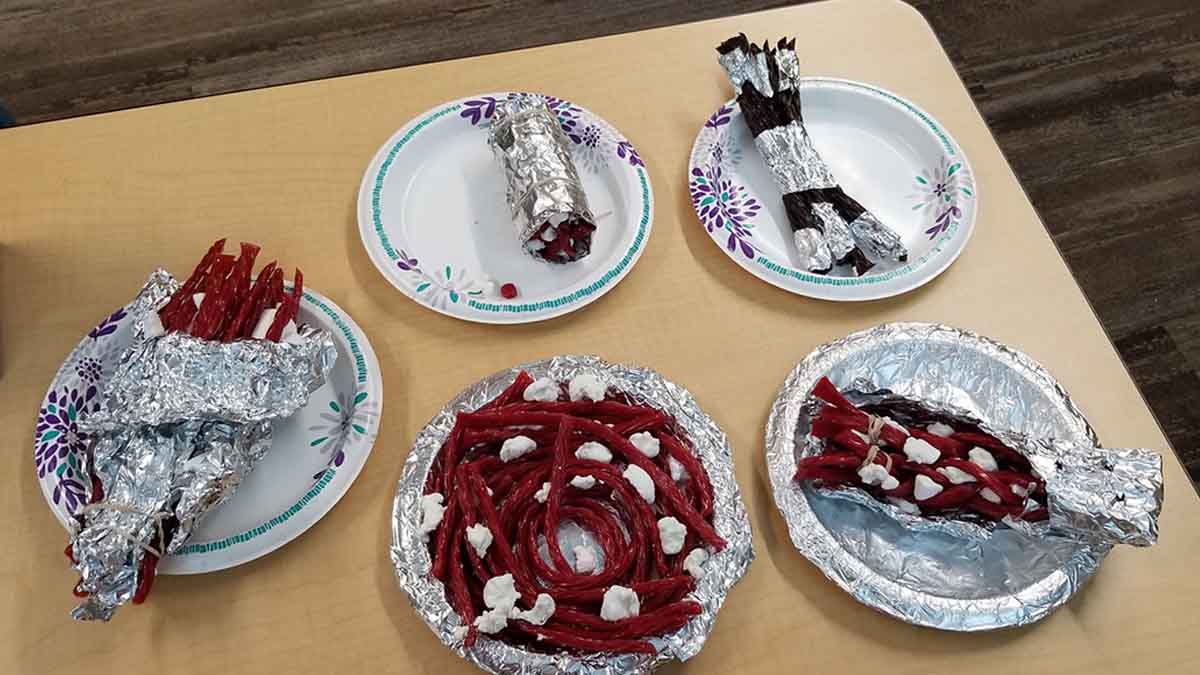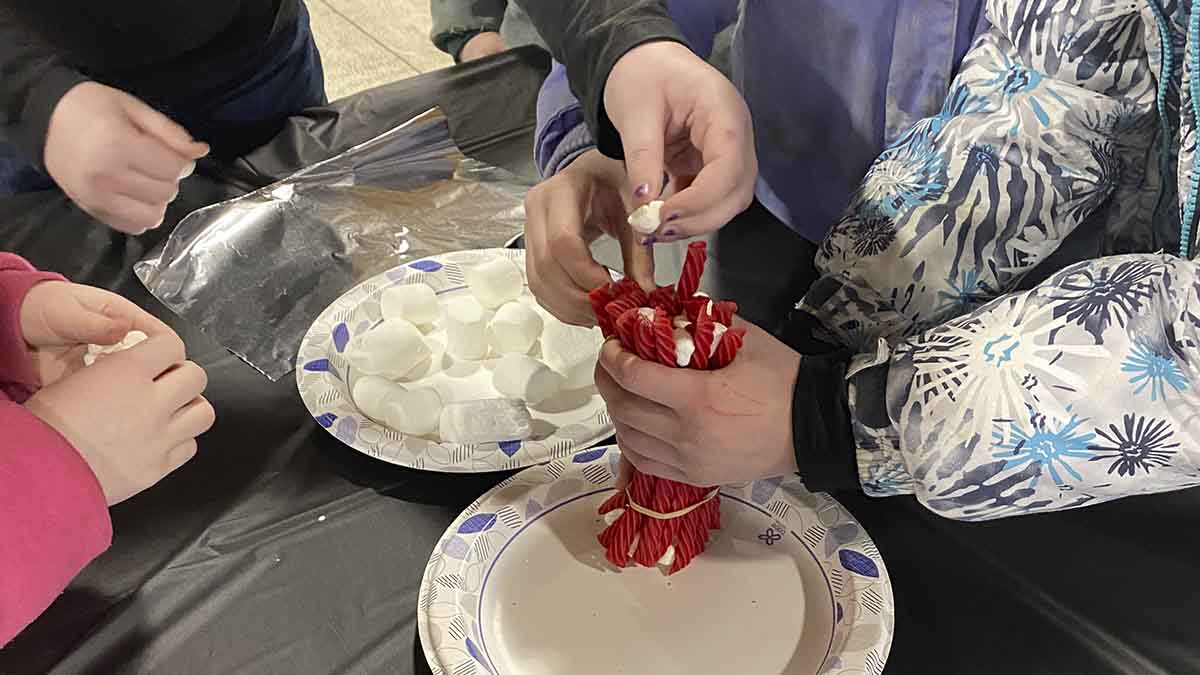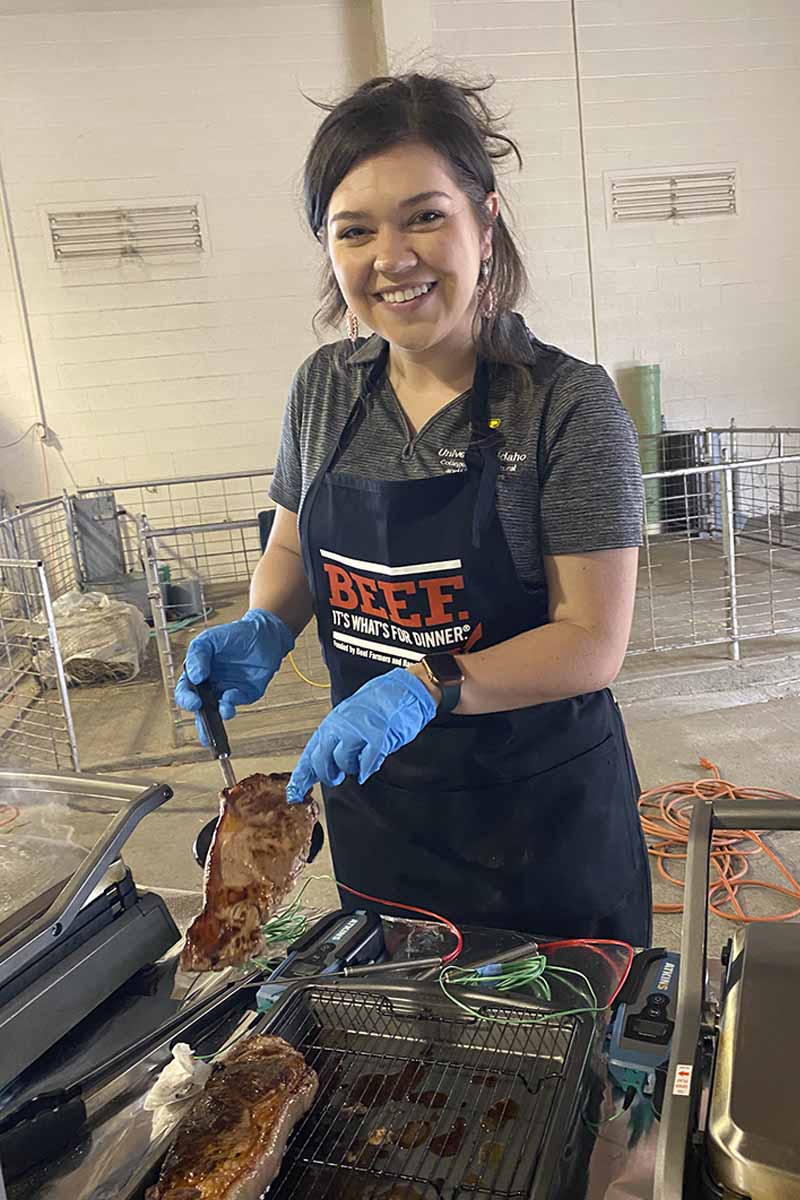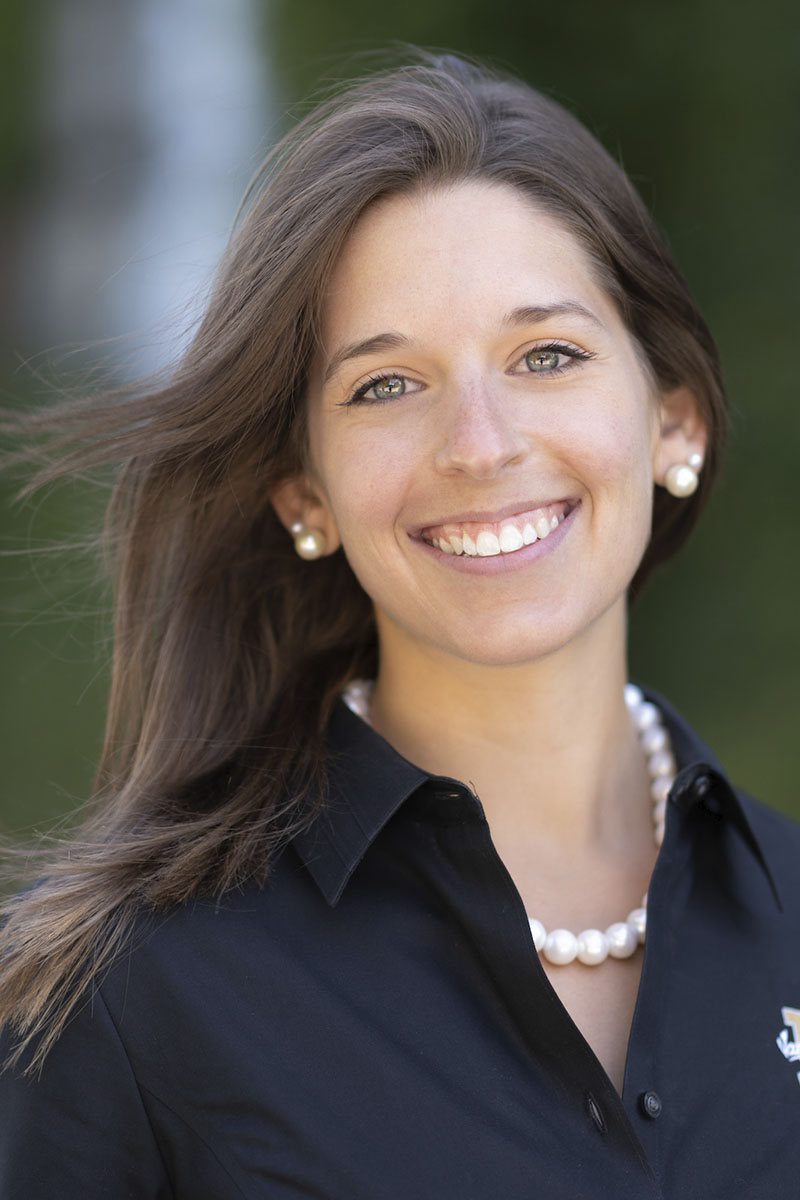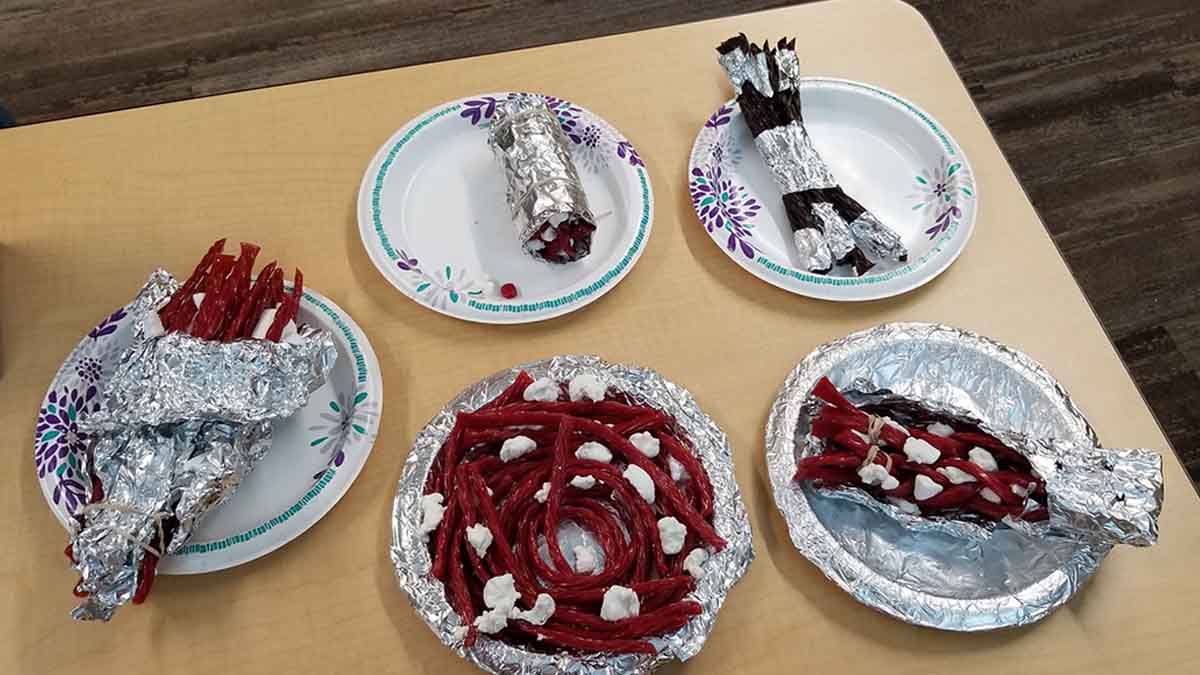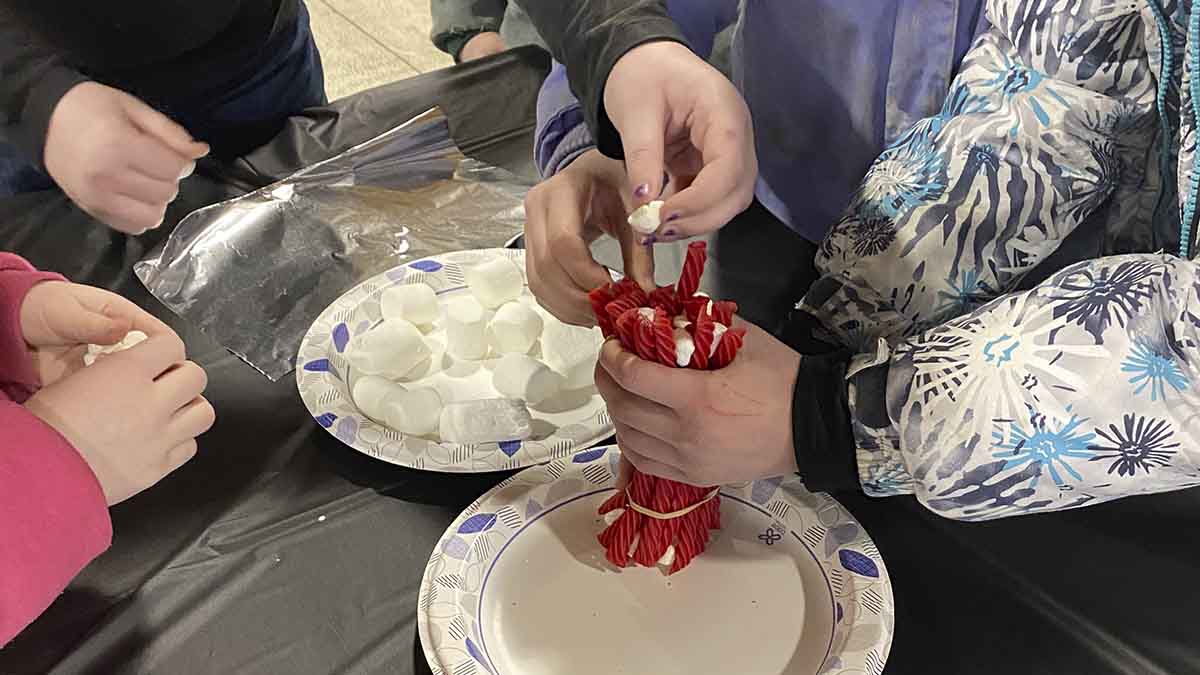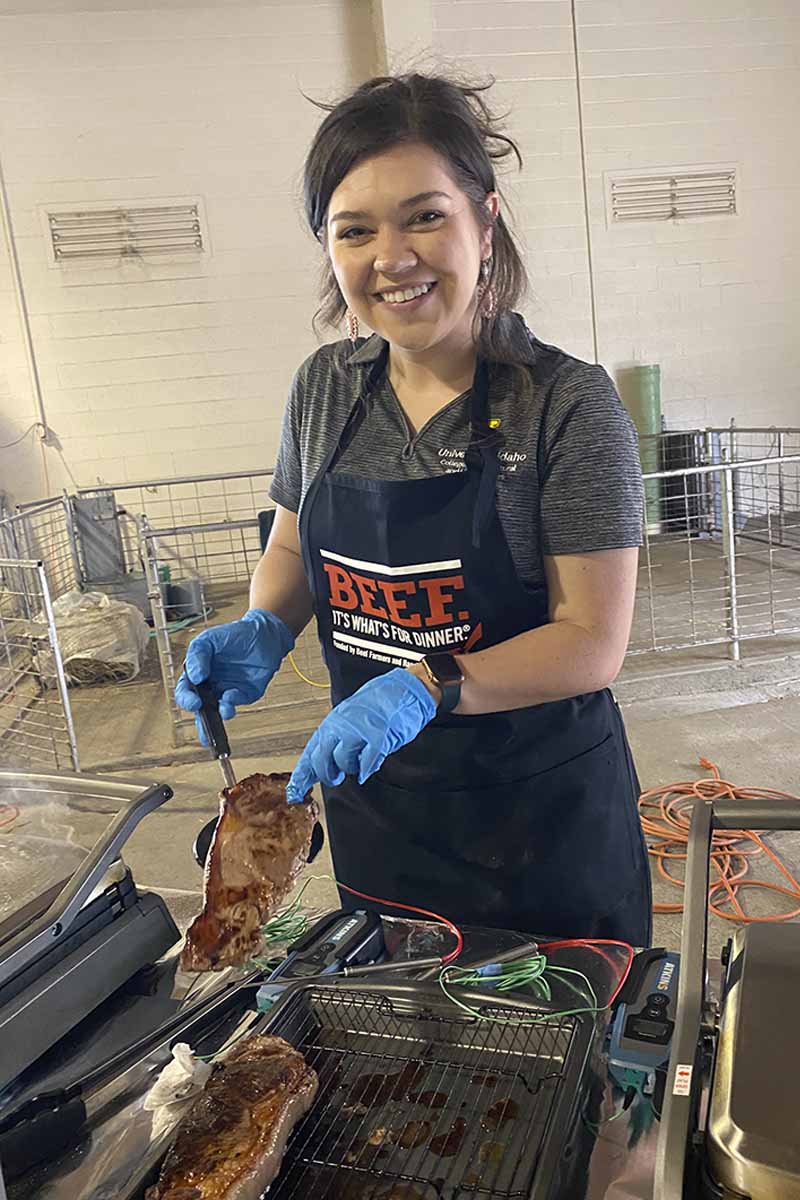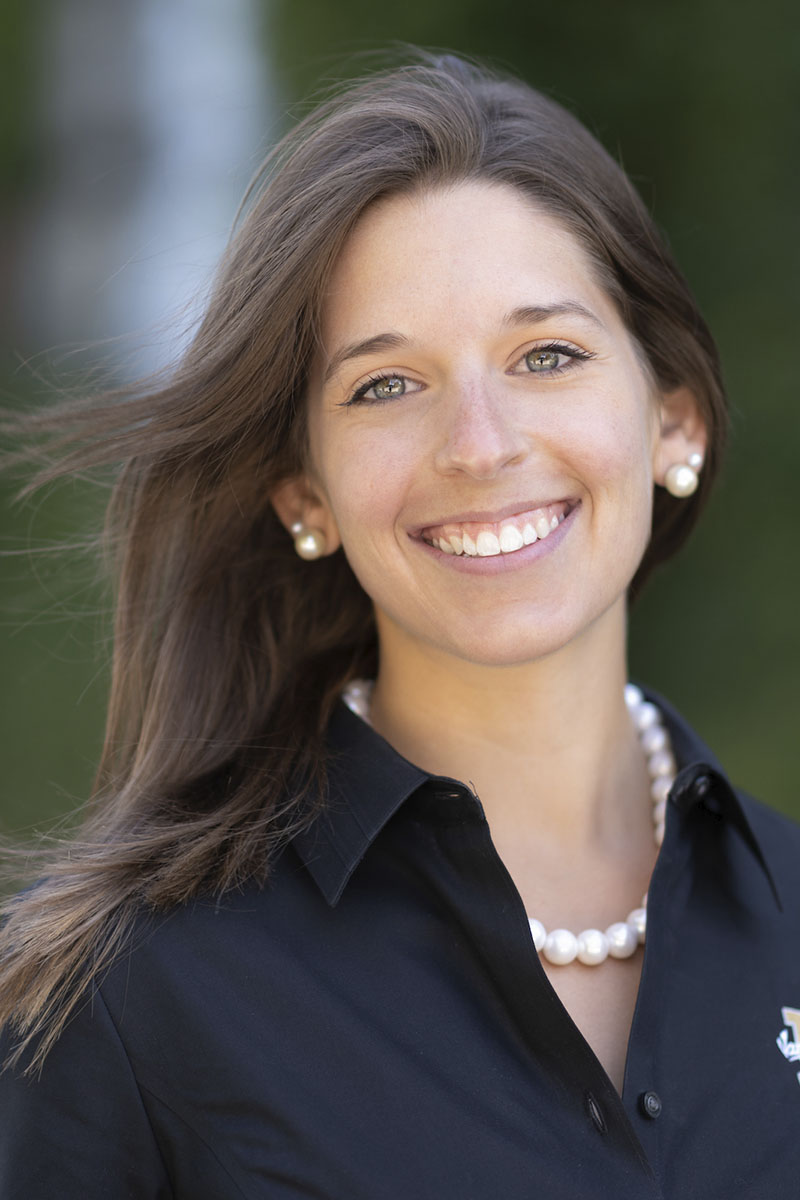Tough or Tender
The science behind beef palatability
A new workshop developed by University of Idaho graduate students is teaching consumers the factors that influence meat quality.
The workshop was originally designed by College of Agricultural and Life Sciences graduate students Sierra Jepsen, Brooklyn Epperson, Jessie Van Buren and Mikayla Heimbuch in summer 2021 as part of the University of Idaho Extension 4-H State Teen Association Convention.
The students wanted to educate attendees in a fun and interactive way about different beef muscles and the best way to prepare different meat cuts to maximize the eating experience. Since then, the team has presented the workshop to various audiences, from student groups to consumers and chefs.
“Ultimately, we want them to understand the difference between selecting a locomotive muscle versus a support muscle and how they might cook something different,” said Jepsen. “It helps them learn that there is a lot more to selecting meat than just going and looking at the price tag.”
Locomotive muscles are located in areas of the carcass that moved a lot when the animal was alive, resulting in more connective tissue. These muscles are best used with cooking methods that are slower and lower heats. Support muscles are more tender and used as steaks and items typically found on the grill.
“We have students taste products that come from a support muscle versus locomotive to see if they can tell the difference and they always can which is exciting,” Jepsen said. “That teaches those younger audiences about why we don’t just put all of our meat on a grill and why it’s important to know the difference.”
Attendees participate in a hands-on activity creating their own muscle group to emphasize how marbling, or fat, helps to tenderize beef. Twizzlers, a chewy licorice candy, are used to represent muscle fibers. Marshmallows stand in for marbling, and rubber bands and aluminum foil are used for connective tissue.
“If you have a bundle of just Twizzlers and tried to bite through it, it would be really tough and chewy,” Jepsen said. “If we take some of the Twizzlers out and replace with marshmallows, then it’s a less dense product and easier to bite into.”
Educating Consumers
The workshop also covers quality grading — the degree of marbling in beef and the maturity of the animal at harvest. Most consumers have heard of the top three quality grades: prime, choice and select, but many don’t know what those terms mean.
“Quality grade is a technical topic,” Jepsen said. “You can see that some really get it, and some don’t. I think it proves the point that quality grading isn’t as easy for a consumer as it is for a meat scientist.
“It drives home the message to meat scientists that it’s important for us to have this kind of education. We shouldn’t just assume that consumers know the difference between high quality beef and average and low quality.”
The final piece of the workshop is teaching participants how to read a meat label from a grocery store to make decisions on the best way to prepare the item.
“If we can train students earlier on how to understand and read a meat label, the less likely they will be confused or lacking in confidence later in their life and the likelihood of them continuing to come back and purchase beef,” Jepsen said.
The demand that Jepsen, Epperson, Van Buren and Heimbuch have seen for the workshop has prompted them to develop an official learning module so that others can teach the workshop. If approved for publication, the curriculum would be free for anyone to download and present.
“Even beef producers and those that know a lot about beef sometimes don’t know where to start when it comes to teaching others about meat science,” Jepsen said. “That’s exciting for us because we can develop those resources.”
Groups interested in having the workshop presented can contact Assistant Professor Phil Bass at pbass@uidaho.edu.
Article by Amy Calabretta, College of Agricultural and Life Sciences
Photos provided by Sierra Jepsen and Phil Bass
Published in April 2022
